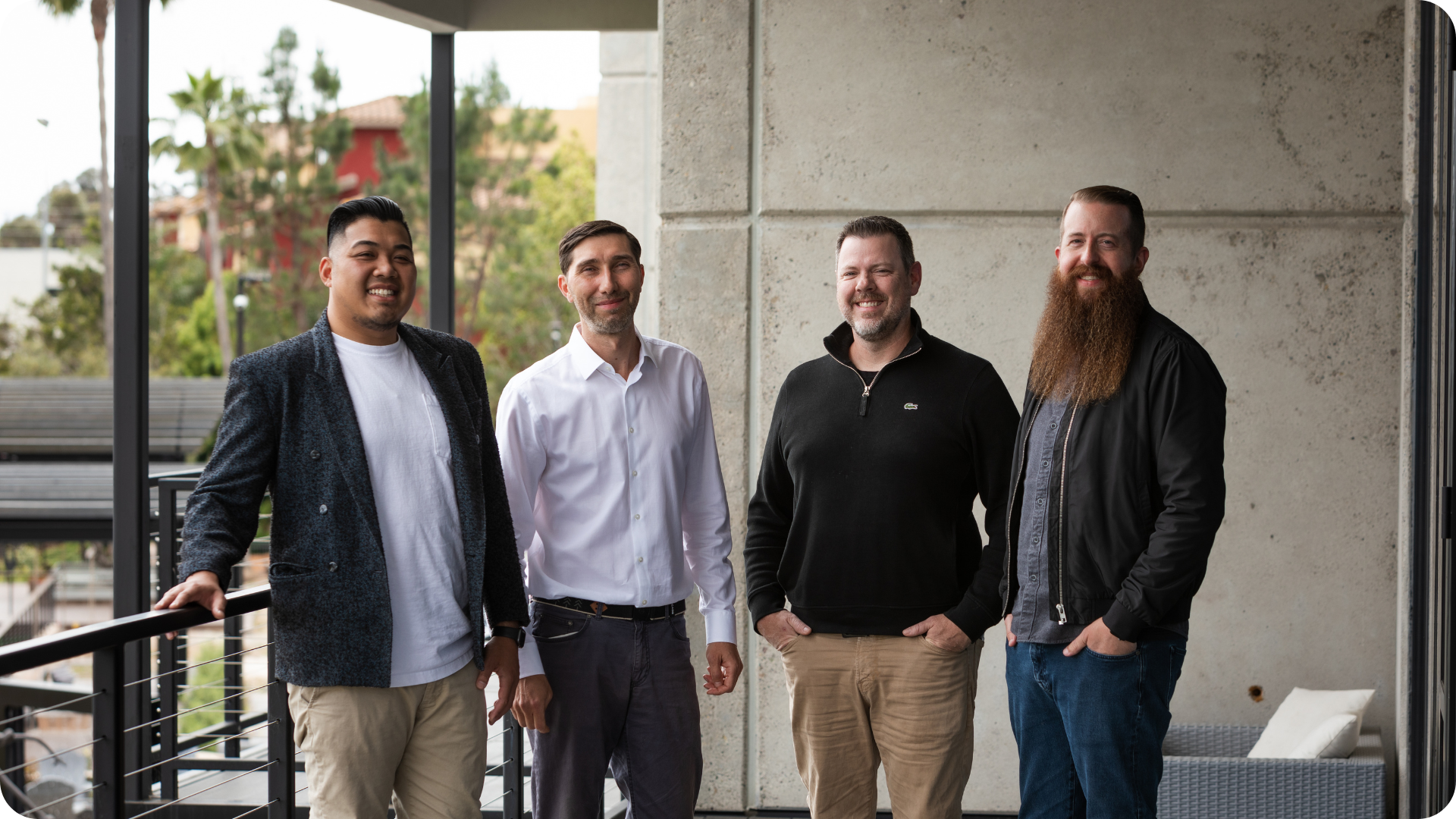What is OASDI?

March 4, 2025

OASDI, or Old-Age, Survivors, and Disability Insurance, is a federal program in the United States that provides financial support to retired workers, their families, and individuals with disabilities. Commonly referred to as Social Security, OASDI is a cornerstone of the U.S. social safety net, ensuring that eligible individuals receive benefits to help cover living expenses after retirement, in the event of a disability, or in the case of a worker’s death.
Key Objectives:
The program is funded through payroll taxes collected from employees, employers, and self-employed individuals. These taxes are pooled into trust funds, which are then used to pay out benefits to current beneficiaries. OASDI is designed to be a pay-as-you-go system, meaning that today’s workers fund the benefits of today’s retirees and disabled individuals. The program was established under the Social Security Act of 1935 and has since become one of the most significant social welfare programs in the country, providing financial stability to millions of Americans.
The OASDI program is divided into three main components: retirement benefits, survivor benefits, and disability benefits. Retirement benefits are available to workers who have reached the age of eligibility, which is currently between 66 and 67, depending on the year of birth. Survivor benefits are provided to the families of deceased workers, including spouses, children, and in some cases, dependent parents.
Disability benefits are available to workers who are unable to work due to a qualifying medical condition. Each component of OASDI is designed to address specific financial needs, ensuring that individuals and families are supported during challenging life events. The program is administered by the Social Security Administration (SSA), which oversees the collection of payroll taxes, the determination of eligibility, and the distribution of benefits.
How Does OASDI Work on Your Paycheck?
If you’ve ever looked at your paycheck, you’ve likely noticed a deduction labeled OASDI. This deduction represents your contribution to the Old-Age, Survivors, and Disability Insurance program. The OASDI tax is a mandatory payroll tax that funds the Social Security program. As of 2023, the OASDI tax rate is 6.2% for employees, with employers contributing an additional 6.2%, bringing the total tax rate to 12.4%.
Self-employed individuals are responsible for paying the full 12.4% themselves, as they are both the employee and the employer. The tax is applied to your earned income up to a certain limit, known as the wage base limit. For 2023, the wage base limit is $160,200, meaning that any income earned above this amount is not subject to the OASDI tax.
The OASDI deduction on your paycheck is a critical component of the Social Security system. It ensures that funds are available to pay benefits to current retirees, survivors, and disabled individuals. While it may seem like a significant deduction, it is important to remember that these contributions are an investment in your future financial security.
When you retire or become disabled, or if you pass away and leave behind dependents, the benefits provided by the OASDI program can serve as a vital source of income. The amount of benefits you receive is based on your earnings history and the number of years you have contributed to the system. This means that the more you earn and the longer you work, the higher your potential benefits will be.
Is OASDI Mandatory, and Can You Opt Out?
OASDI is a mandatory program for most workers in the United States. If you are employed and earn wages, you are required to pay OASDI taxes, also known as Social Security taxes. This requirement applies to both employees and employers, as well as self-employed individuals.
The only exceptions are certain groups of workers who are exempt from paying OASDI taxes. For example, some state and local government employees who are covered by alternative retirement systems may not be required to pay OASDI taxes. Additionally, certain religious groups and nonresident aliens may be exempt under specific circumstances.
The mandatory nature of OASDI is a key feature of the program. By requiring nearly all workers to contribute, the program ensures that there are sufficient funds to pay benefits to current and future beneficiaries. This collective approach spreads the financial risk across a broad base, making the system sustainable over the long term.
While some individuals may view the mandatory contributions as a burden, it is important to recognize the value of the benefits provided by the OASDI program. For many Americans, Social Security benefits are a primary source of income during retirement, disability, or after the loss of a loved one.
Do You Get Your OASDI Tax Back?
A common question about the OASDI tax is whether you can get it back. The short answer is no, you cannot get your OASDI tax refunded in the traditional sense. The OASDI tax is not a savings account or an individual retirement fund; it is a social insurance program designed to provide benefits to eligible individuals.
When you pay OASDI taxes, you are contributing to a collective pool of funds that are used to pay benefits to current beneficiaries. In return, you earn credits that qualify you for future benefits. These credits are based on your earnings and the number of years you have worked. To qualify for retirement benefits, you generally need to earn 40 credits, which is equivalent to about 10 years of work.
However, there are some scenarios where you may receive a form of reimbursement or additional benefits. For example, if you are eligible for Social Security benefits, the amount you receive will be based on your earnings history and the contributions you made through OASDI taxes.
In this way, you are essentially “getting back” your contributions in the form of monthly benefits. Additionally, if you are a survivor or dependent of a worker who has passed away, you may be eligible for survivor benefits, which are funded by the OASDI program. While you cannot get a direct refund of your OASDI taxes, the program is designed to provide financial support when you need it most.
Frequently Asked Questions About OASDI
What does OASDI stand for?
OASDI stands for Old-Age, Survivors, and Disability Insurance. It is the official name for the Social Security program in the United States.
How is OASDI funded?
OASDI is funded through payroll taxes collected from employees, employers, and self-employed individuals. These taxes are pooled into trust funds that are used to pay benefits to current beneficiaries.
Can I opt out of paying OASDI taxes?
In most cases, no. OASDI taxes are mandatory for nearly all workers in the United States. However, certain groups, such as some state and local government employees covered by alternative retirement systems, may be exempt.
What happens to the OASDI taxes I pay?
The OASDI taxes you pay are used to fund benefits for current retirees, survivors, and disabled individuals. In return, you earn credits that qualify you for future benefits.
How do I qualify for OASDI benefits?
To qualify for OASDI benefits, you generally need to earn 40 credits, which is equivalent to about 10 years of work. The amount of benefits you receive is based on your earnings history and the number of years you have contributed to the system.
Can I receive OASDI benefits if I become disabled?
Yes, if you meet the eligibility requirements, you can receive disability benefits through the OASDI program. These benefits are designed to provide financial support to workers who are unable to work due to a qualifying medical condition.
By understanding how OASDI works and its importance, you can better appreciate the role it plays in providing financial security for millions of Americans. Whether you’re planning for retirement, navigating a disability, or ensuring your family’s future, OASDI is a vital program that offers support when it’s needed most.
Need Help?
Need help managing your contingent workforce? Contact TCWGlobal today to learn more.
Whether you need expertise in Employer of Record (EOR) services, Managed Service Provider (MSP) solutions, or Vendor Management Systems (VMS), our team is equipped to support your business needs. We specialize in addressing worker misclassification, offering comprehensive payroll solutions, and managing global payroll intricacies.
From remote workforce management to workforce compliance, and from international hiring to employee benefits administration, TCWGlobal has the experience and resources to streamline your HR functions. Our services also include HR outsourcing, talent acquisition, freelancer management, and contractor compliance, ensuring seamless cross-border employment and adherence to labor laws.
We help you navigate employment contracts, tax compliance, workforce flexibility, and risk mitigation, all tailored to your unique business requirements. Contact us today at tcwglobal.com or email us at hello@tcwglobal.com to discover how we can help your organization thrive in today's dynamic work environment. Let TCWGlobal assist with all your payrolling needs!

